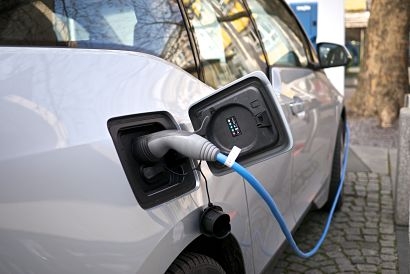
Moneyshake compared the CO2 emissions of 100 petrol/diesel and 100 electric cars to show customers what the comparison means for drivers, and the environment, in real life. From how many trees would need to be planted to offset a fossil fuel vehicle’s emissions to how many smartphones could be charged by an electric vehicle (EV), the study gives customers a chance to see how environmentally friendly their vehicle really is.
Currently, 1 in 4 drivers don’t believe electric cars are more environmentally friendly than driving petrol or diesel vehicles, according to a recent study. However, with the upcoming 2030 deadline to make the switch, drivers have no other option than to choose an electric vehicle (EV). For those drivers having doubts about the eco-friendliness of driving an electric car, Moneyshake crunched the numbers to see how they compare to traditional fuels.
Key findings of the study were as follows:
Petrol/diesel cars emit seven times more emissions than electric
Drivers would need to plant 25 trees in a year, if they use a petrol/diesel car, in order to offset their annual emissions. If drivers switch to electric, they would only need to plant three.
190,000 smartphones could be charged from the annual emissions of a petrol/diesel car
A petrol car’s life cycle produces the same emissions as 3 million smartphones
250,000 smartphones produce the same emissions as a Volkswagen Golf
Driving a petrol/diesel car for a year is equal to 63 rubbish bags going to landfill. This is only 9 for an electric, or zero for those driving a BEV
912 bulbs would need to be swapped to energy-saving LEDs to offset the emissions of a petrol/diesel car over its lifetime.
Moneyshake compared registrations for petrol/diesel and electric cars using 2015-2020 Department for Transport statistics to find the 10 most popular of each type. Moneyshake then collected CO2 data from the European Environment Agency, analysing 10 models of each car to create an emissions average, totalling 200 models. The average UK mileage of 7,400 miles (11,909 km) was used to calculate the annual CO2 g/km. Comparisons made using the Greenhouse Gas Equivalencies Calculator.
For additional information:
Petrol vs Electric: Visualising Your Car’s Emissions in Real Life

